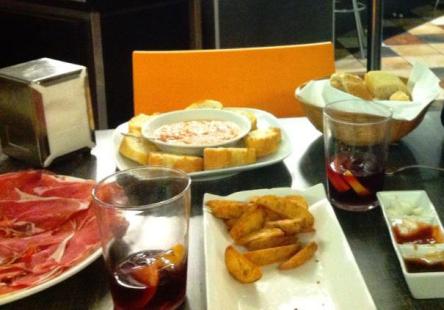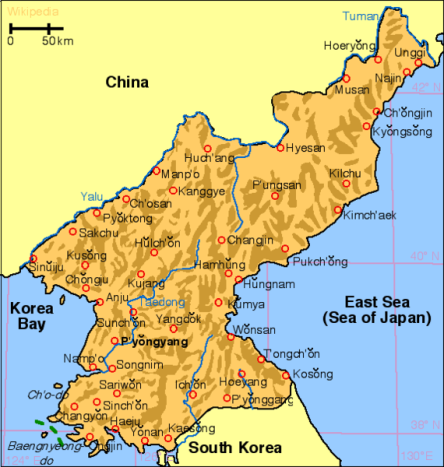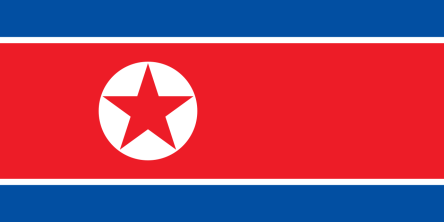By Katie Johns
Prince dies at 57

Credit: youtube.com– Iconic singer and songwriter Prince died at his Paisley Park estate on April 21.
Legendary musician Prince was pronounced dead on Thursday April 21, at 10:07 a.m.. The Guardian reports. An autopsy was conducted on Friday, and he was cremated on Saturday. There has been much speculation surrounding his death, stemming from a medical emergency landing of his private jet in Minneapolis last week. Prince was last seen alive on Wednesday evening around 8 p.m., and when staff at his Paisley Park estate could not reach him Thursday morning, they found him unresponsive in an elevator. An unidentified male called 911 at 9:43 a.m., according to The Guardian. The “Purple Rain” singer was honored during a special SNL airing on Saturday night.
Paris attack suspect charged in Brussels shootout

Credit: ar.wikipedia.com—– Salah Abdeslam (left) has been on the run for four months following his involvement in the November 2015 Paris attacks.
Salah Abdeslam was charged with attempted murder this week after a shootout with police that took place on March 15. Four people were wounded and one died in the shootout that occurred in the Brussels suburb of Forest, CNN reports. Abdeslam is one of the suspects in question for the terrorist attacks that took place in Paris earlier this year, killing at least 130 people. One of Abdeslam’s accomplices was the only one killed in the Forest shootout. The raid took place a week before the Brussels terrorist attacks. Abdeslam, a Belgian-born French citizen, is set to be extradited to France to face charges for the Paris attacks within the coming weeks. Abdeslam has been on the run for four months and was caught three days after the Forest raid.
Harriet Tubman to replace Andrew Jackson on the $20 bill

Credit: commons.wikimedia.com Abolitionist Harriet Tubman is set to be the first woman featured on an American $20 bill.
The Treasury Department announced Wednesday that not only will suffragists such as Elizabeth Cady Stanton and Susan B. Anthony be featured on the back of the $10 bill, but also abolitionist Harriet Tubman will replace former President Andrew Jackson on the $20 bill, NBC News reports. The $5 bill will also be getting a makeover and will feature famous events from the Lincoln Memorial, such as Martin Luther King Jr.’s famous “I Have a Dream” speech. The U.S. Treasury announced last year that a woman would be featured on the new $10 bill, which caused enough protest from Alexander Hamilton supporters to keep him on the bill.
“We did this the old fashioned way. We said we were going to listen to the American people, and we did. We heard a lot of commentary that a woman should be on the $20, not the $10,” Treasury Secretary Jack Lew said in NBC News reporting.
President Obama urges British Voters to remain in EU

Credit: en.wikipedia.com—-President Barack Obama stands with David Cameron [left]. Obama visited the United Kingdom last week and urged residents to vote to stay in the European Union.
Some campaigners see the referendum, which will be voted on in June, as an opportunity to reclaim British sovereignty from Brussels and a way to free U.K. businesses from continental regulations. Some also see it as a chance to strengthen borders in the U.S. during the ongoing immigration crisis in Europe. Anti-Europe campaigners argued that Obama was interfering with the nation’s internal politics, but he fired back, saying, “I am not coming here to fix any votes, I am not casting a vote myself, I am offering an opinion. In democracies, everybody should want more information, not less.”
Apple movies and books stores close in China

Credit: pt.wikipedia.com The short-lived Apple’s iTunes books and movies stores are temporarily closing in China for undisclosed reasons.
After a short six-month life, the Apple’s iTunes Movies and Books stores in China are temporarily closed, NPR reports. The Chinese government, specifically the Chinese Content Regulator SAPPRFT — the State Administration of Press, Publication, Radio, Film and Television — ordered the closure last week. Just a few months ago, the Hong Kong Film Awards were banned from being aired in China, and reports mentioning any show that won were taken down. “China is a major source of revenue for Apple, but selling smartphones and computers in China is easier than movies and music, which is subject to government controls and censorship and plagued by piracy,” NPR reporter Anthony Kunh says. The SAPPRFT agency does not mention or explain the closures on its website.
























